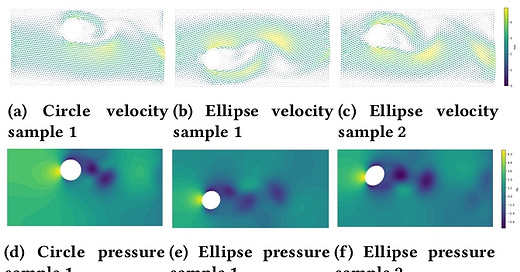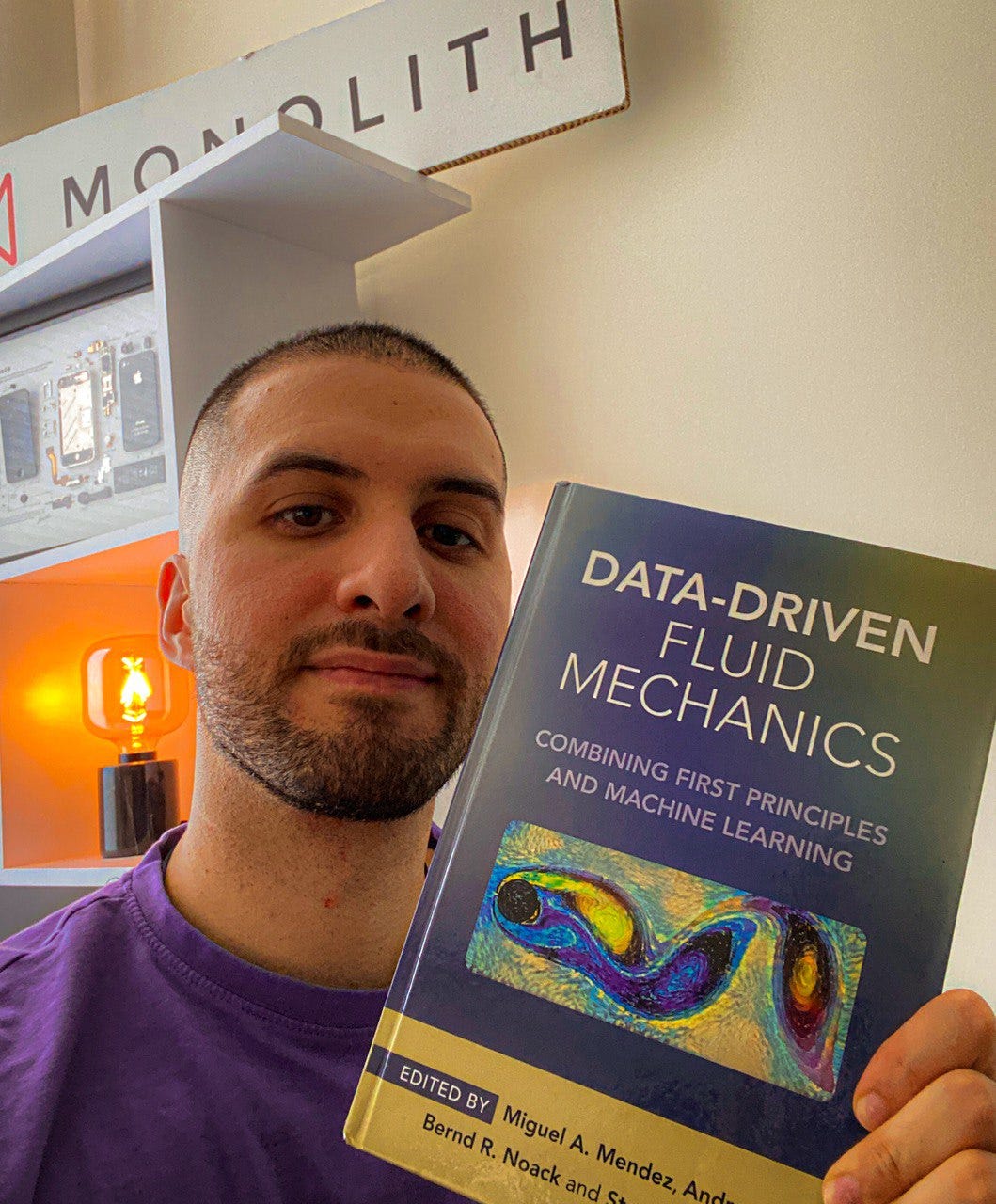💻 Flow, Friction, Failure: The Engineering Behind Gear Lubrication
💻 On Machine Learning Methods for Physics
Machine learning methods will fundamentally transform the landscape of physical simulation.
Physical modeling allows precise and simple descriptions of nature, yet large-scale simulations of these models can be computationally expensive. Traditional numerical methods have dominated these efforts for most of the last century. However, new paths to modeling macroscopic physics have opened with recent advancements in hardware, machine learning methods, and data collection strategies. This blog reviews some of the most promising new approaches and discusses the authors preferences in this broader context.
💦 MegaFlow2D: A Parametric Dataset for Machine Learning Super-resolution in Computational Fluid Dynamics Simulations
This paper introduces MegaFlow2D, a dataset of over 2 million snapshots of parameterized 2D fluid dynamics simulations of 3000 different external flow and internal flow configurations. It's worth noting that, simulation results on both low and high mesh resolutions are provided to facilitate the training of machine learning (ML) models for super-resolution purposes. This is the first large-scale multi-fidelity fluid dynamics dataset ever provided. We build the entire data generation and simulation workflow on open-source and efficient interfaces that can be utilized for a variety of data samples according to the user's specific needs. Finally, we provide a use case to demonstrate the potential value of the MegaFlow2D dataset in applications related to error correction.
💻 Sizing inflation layers using a y+ estimation tool - Aidan Wimshurst
🎬 Video of the Week
💻 Engineering Tool of the Week – Fluidity
Fluidity is an open source, general purpose, multiphase computational fluid dynamics code capable of numerically solving the Navier-Stokes equation and accompanying field equations on arbitrary unstructured finite element meshes in one, two and three dimensions. It is parallelised using MPI and is capable of scaling to many thousands of processors. Other innovative and novel features include the use of anisotropic adaptive mesh technology, and a user-friendly GUI and a Python interface which can be used to calculate diagnostic fields, set prescribed fields or set user-defined boundary conditions.
📚Book of the Week - Data-Driven Fluid Mechanics: Combining First Principles and Machine Learning
Data-driven methods have become an essential part of fluid dynamicists' methodological portfolio, motivating students and practitioners to gather practical knowledge from a diverse range of disciplines. These fields include computer science, statistics, optimization, signal processing, pattern recognition, nonlinear dynamics, and control.
Let’s connect on Instagram or LinkedIn!
For any business-related issues or collaborations, email me at support@jousefmurad.com!
Keep engineering your mind! 🧠
Jousef








